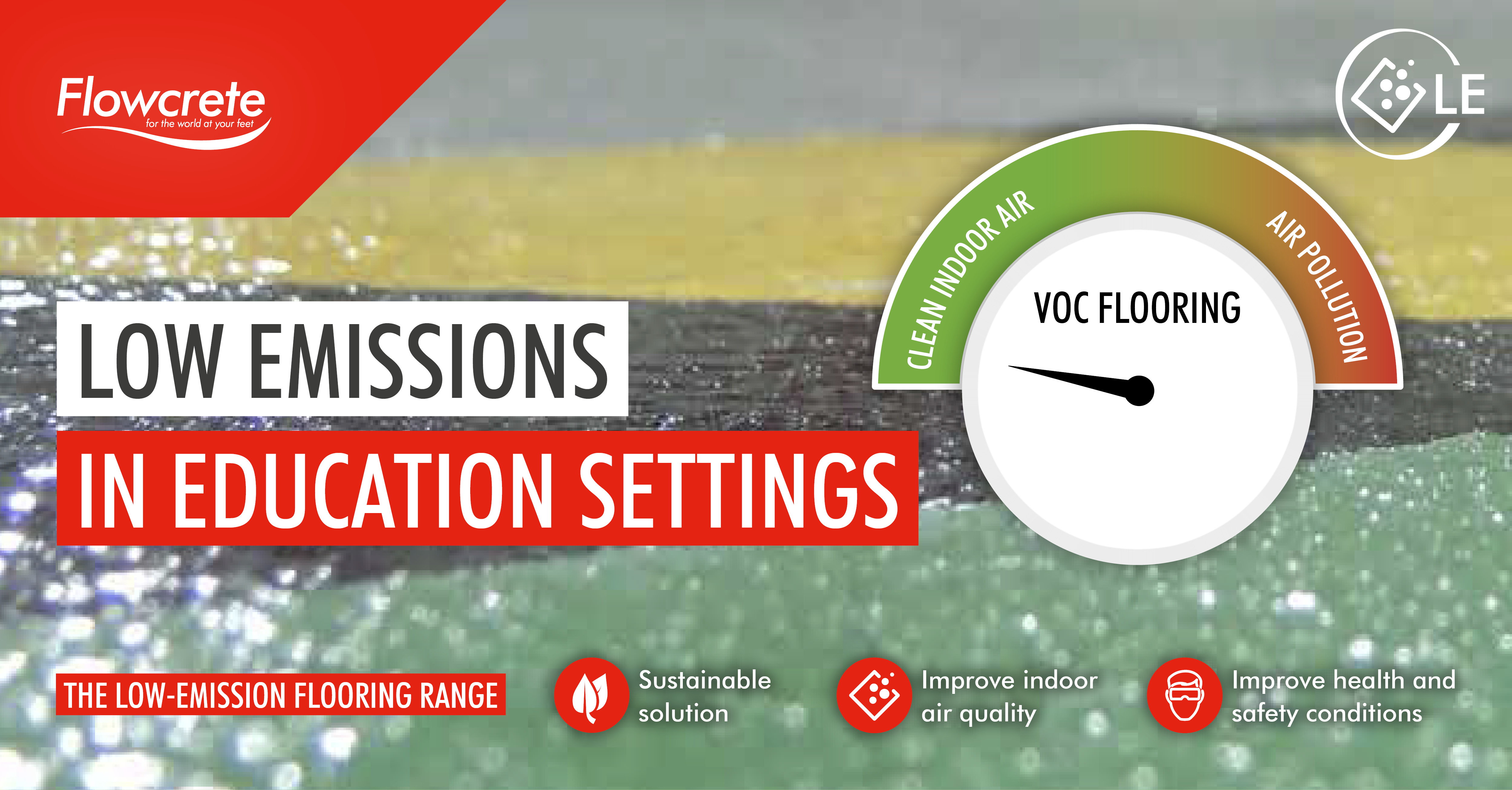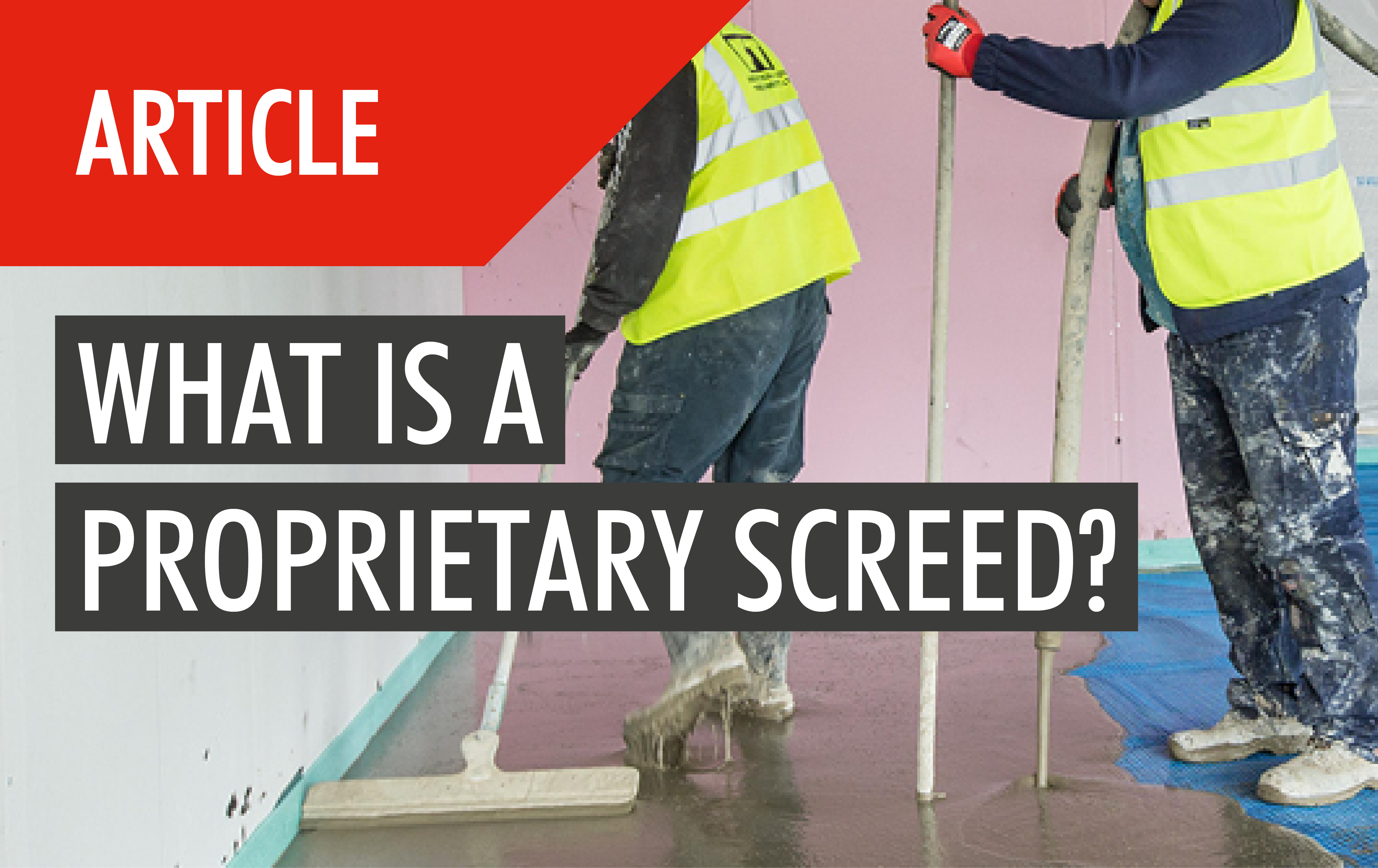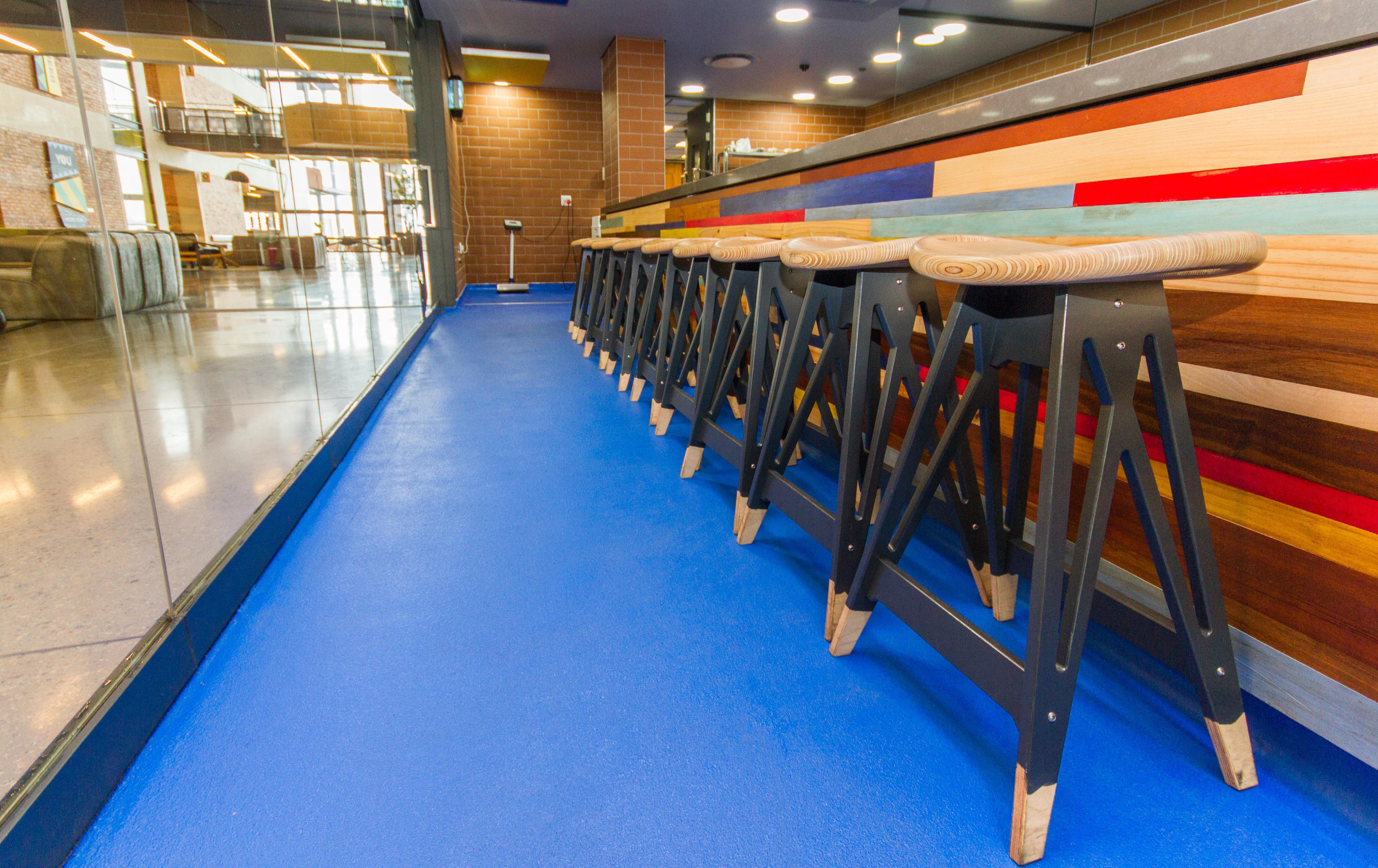The Importance of Low-Emission Flooring Systems in Educational Settings

The Importance of Low-Emission Flooring Systems in Educational Settings
More often than before, we are seeing sustainable building practices being embedded into every aspect of the design process, and architects and specifiers are placing the focus on the future – looking carefully at the design of buildings and choice of materials in order to contribute towards sustainable design where possible. In educational environments, the choice of materials goes beyond aesthetics; it significantly impacts the overall well-being of students, faculty, and staff. Architects and specifiers understand that low-emission construction products play a pivotal role in promoting clean indoor air quality (IAQ) in schools, universities, and colleges, fostering an environment conducive to learning, health, and sustainability.
While aspects of sustainability such as protecting the environment and reducing energy waste are key elements in buildings design, actively addressing the health and wellbeing of the building participants is also important. Low-emission flooring systems are designed to do just that. One of the primary concerns in educational settings is the health of the occupants, particularly students who spend a considerable amount of time indoors. Traditional flooring materials often release volatile organic compounds (VOCs) into the air, contributing to poor IAQ. Low-emission flooring systems address this issue by minimising VOC emissions, reducing the risk of health issues that may be caused by poor IAQ among students and staff.
Getting our emissions from low already to as low as possible is crucial in ensuring the healthiest indoor environments. A floor, particularly in educational institutions, must not only be able to support heavy footfall or resist spills, but it must also not impair the room’s air quality. The short or long-term release of VOCs can pollute the air in the room and be unhealthy. In order to minimise this effect, a comprehensive range of low VOC-tested systems has been developed by Flowcrete that meet key legislative regulations.
Consider Flowcrete’s Low Emissions Flooring Range for your next educational facility project. Flowcrete’s solvent-free epoxy flooring combines high performance and aesthetic appeal, along with low VOC emissions, for a more sustainable solution. High performance and durability of epoxy is maintained – no need to compromise the project longevity for a health-oriented approach. Improved UV-stability and abovementioned performance extends lifespan to limit refurbishment needs.
The range, fully EPD (Environmental Product Declaration) certified, complies with the requirements for building certifications such as LEED, DGNB, and BREEAM. The coatings are certified and their production facility - audited by Eurofins Consumer Product Testing and they carry the label “Indoor Air Comfort Gold.” These EPDs support material transparency for building life cycle assessment. By prioritizing clean indoor air quality, educational institutions create spaces that nurture both the physical and cognitive well-being of their occupants, laying the foundation for a healthy and sustainable learning environment.
Are you thinking of a sustainable solution for your next project? Why not get in touch with our flooring specification team? We would love to hear from you
Find out more here: https://www.flowcrete.eu/en-gb/low-emissions-flooring-range/











